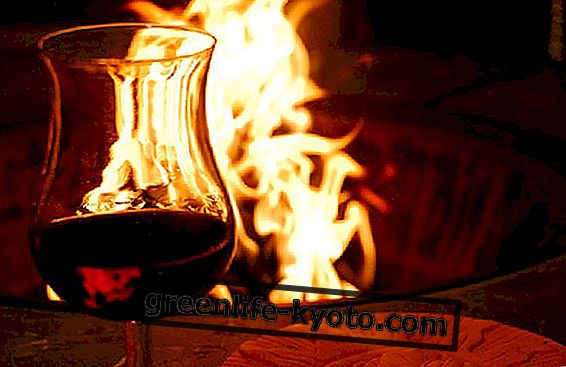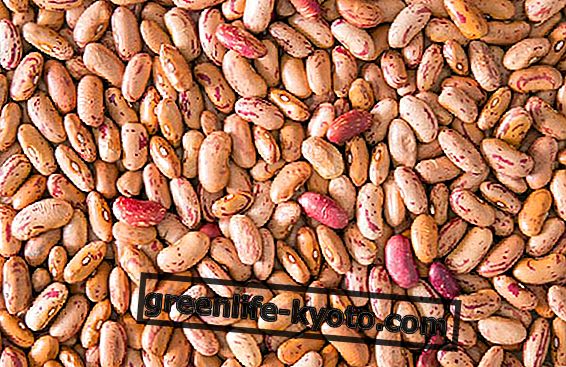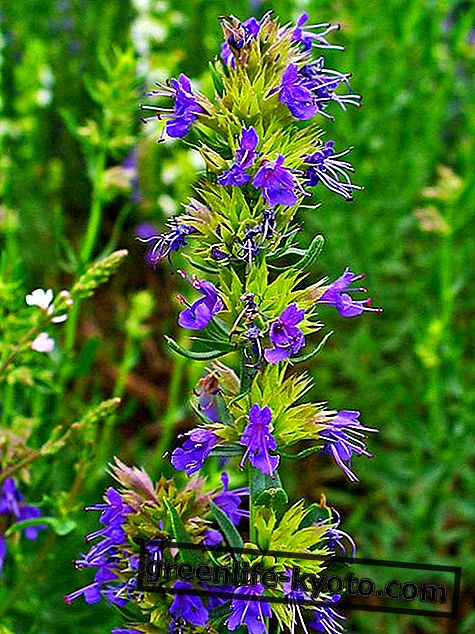
The benefits of skiing: g is tonic, abdomen ready, work on concentration, balance, breathing and control.
Skiing, also practiced at a basic and non-competitive level, promotes lung capacity, which increases exponentially.
Usually then the quality of the air you breathe is very good, being in full nature and at high altitude.
However, it is always good to protect the airways to avoid cooling or flu symptoms that could be expensive on the slopes. The gain is also in terms of aesthetics and line improvement: an hour of skiing consumes about 400 calories, even in the case of a normal and not excessive activity.
Skiing improves proprioception and general familiarity with one's body due to the coordinated movement of arms and legs and thanks to constant attention to the position of the pelvis.
It also increases the production of red blood cells and hemoglobin with consequent renewal of the blood and increase in the amount of oxygen that reaches the tissues.
Muscle mass is more generally toned and also benefits the mood, which is positively affected. Finally, moving around in snowy nature is very good for the brain.
It goes to free the mind from any daily stress and the overall strength capabilities of the human body increase considerably.
To enjoy all the benefits of this sport it is necessary to avoid neglecting some basic precautions: it is always advisable to use protections , choose the track according to one's abilities, always measure oneself with the energies that one has in that particular day, do not arrive on the slopes fasting of any other physical activity.
And in this sense knowing and practicing the basic presciistica is a good habit, useful from year to year.
Training for skiing
The presciistica activity contemplates a functional training with or without load and gradually amplified. A free body is used to perform a series of classic technical movements such as squats, bends, pull-ups, and hops .
They are usually combined with warm-up through an aerobic activity, be it running or an exercise bike. During skiing, the back is very stressed, so it must be strengthened by working on the paravertebral muscles, with consequent work also on the abdominal center.
With a strong motor center, many injuries are avoided: strength, flexibility and joint mobility are the factors to work with.
At the same time excessive overloads must be avoided in all ways, especially at the knee joint, which is very delicate and complex, somewhat stressed when descending.
Legs and pelvis should be trained in the sense of toning and not excessive load.













